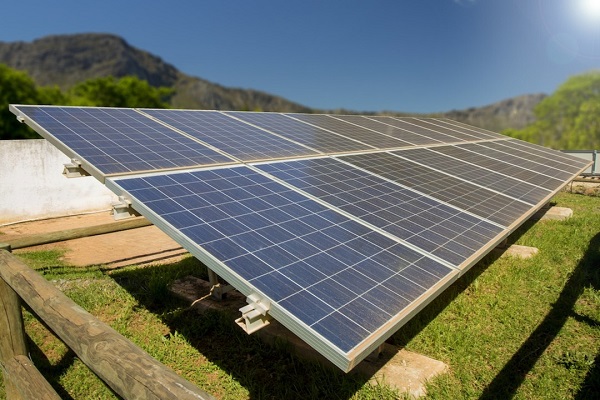A new report details how mini-grids are increasingly being used to power people with renewable energy, contributing to the fight against climate change while bringing life-changing electricity to communities without it.
Currently, 684 million people around the world do not have electricity access, a number that decreased by 466 million between 2010 and 2021.
According to the latest State of the Global Mini-Grids Market Report, mini-grids have been a key driver of this reduction, with the number of mini-grid installations growing six times since 2018.
This growth is particularly notable in sub-Saharan Africa, where mini-grids are recognized as a feasible solution for electrification in remote areas.
The report also finds that mini-grids are relying on clean energy more than ever before. Between 2018 and 2024 there was a significant decline in the share of diesel capacity in mini-grids, plummeting from 42% to 29%. In contrast, the share of solar PV systems has seen a remarkable increase, rising from 14% to 59% during the same period.
The Mini-Grids Partnership developed the report to provide up-to-date insights on the mini-grid sector, including the factors behind its growth, as well as the challenges that must be overcome to continue the momentum. The analysis is designed to provide forward-looking strategies for the sector’s sustainable scale-up, synthesising inputs from stakeholder interviews and extensive desk-based research.
According to the report, there are many reasons behind the mini-grid sector’s growth, from enabling policies to innovative business and financing models. For example, several governments are tailoring regulatory processes for different mini-grid scales to enhance flexibility and reduce costs.
Meanwhile, cost recovery tariffs, using a cost-based formula for calculating revenue requirements, have become common in mini-grid markets, including countries like Ethiopia, Kenya, Nigeria, Tanzania and Zambia.
There have been substantial increases in funding for the mini-grid sector over the past 15 years, with Sub-Saharan Africa being the primary recipient of funding from private investors, governments and development partners.
Two key financial trends are evident: a significant rise in total committed funding, exceeding USD 2.5 billion in 2023, and a sixfold increase in private investment from less than USD 100 million in 2015 to nearly USD 600 million in 2022.
The declining costs of mini-grid components, including PV modules, inverters, batteries, battery inverters and smart meters, have significantly enhanced the financial viability of mini-grid projects.
Notably, the price of solar PV panels has plummeted by approximately 90% over the past decade, driven by increased supply and technological advancements.
Another positive trend is that mini-grid companies are leveraging alternative, high-value applications for surplus energy during the early stages of mini-grid operations to enhance revenues and drive down tariffs.
The sector’s continued growth, and consequently increasing energy access rates, hinges on more investment in mini-grids. The report provides several recommendations for increasing financial commitments and disbursements.
These include making grants easier to access, de-risking investments through regulation and contracting, and enhancing efficiency and collaboration to boost disbursement rates of committed finance, among other measures.
Read the full State of the Global Mini-Grids Market Report 2024.
This Mini-Grids Partnership report was produced with funding from UK aid from the UK government via the Transforming Energy Access platform.
Also Read
Morocco mulls Africa’s first offshore wind energy project
Ethiopian Airlines kicks off plan to construct mega airport city

